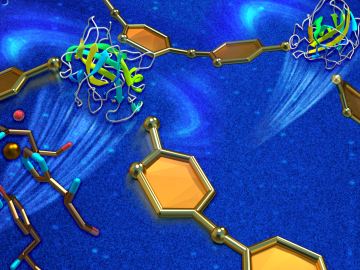
Filter News
Area of Research
News Type
Media Contacts
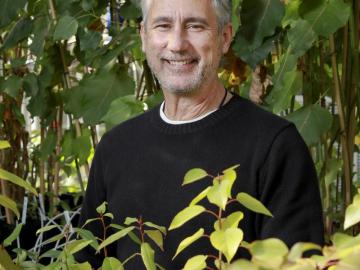
It’s been 10 years since the US Department of Energy first established a BioEnergy Science Center (BESC) at Oak Ridge National Laboratory (ORNL), and researcher Gerald “Jerry” Tuskan has used that time and the lab’s and center’s resources and tools

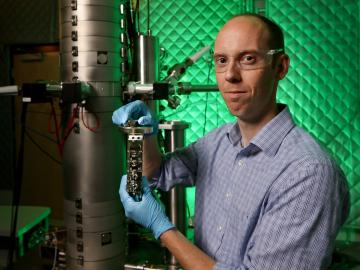
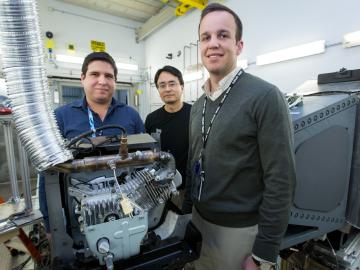
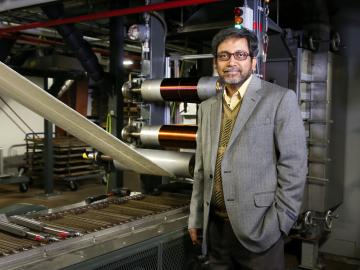
Finding new energy uses for underrated materials is a recurring theme across Amit Naskar’s research portfolio. Since joining Oak Ridge National Laboratory in 2006, he has studied low-cost polymers as carbon fiber precursors, turning lignin−a byproduct of biofuel production−into renewable thermoplastics and creating carbon battery electrodes from recycled tires.

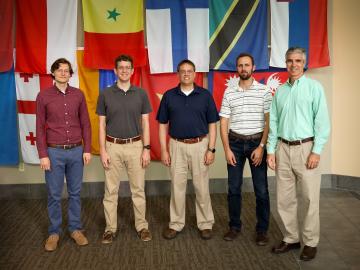
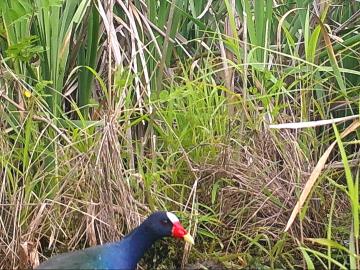
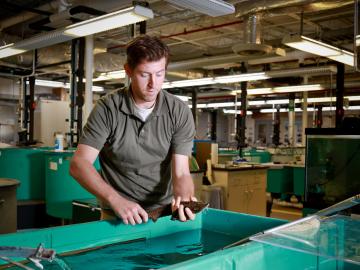
Growing up in South Carolina, Ryan McManamay enjoyed a nature-rich upbringing. Both of his parents are retired teachers from the public school system and instilled in him early an appreciation for immersive learning as well as a love of the outdoors. His father, a biology teacher,...
